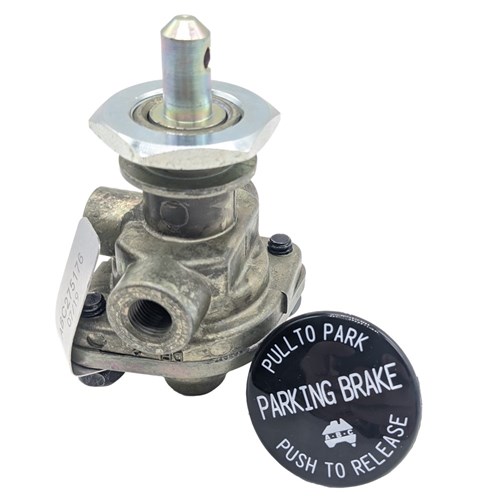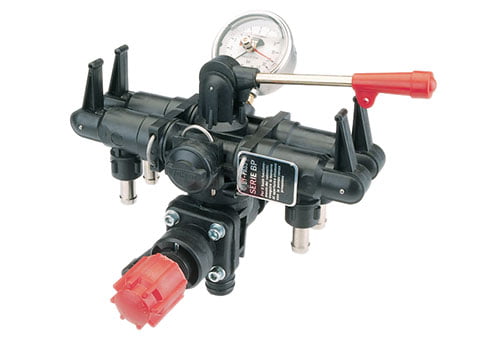The Function of Control Valves in Liquid Circulation Management Solution
The Function of Control Valves in Liquid Circulation Management Solution
Blog Article

Maximize Power Financial Savings and Convenience With Advanced Structure Automation Controls
In the world of contemporary style and center monitoring, the assimilation of advanced building automation regulates stands as a critical improvement. The convergence of technology and sustainability has birthed a new era where power performance, convenience optimization, and functional streamlining are no more far-off desires however possible facts. By utilizing the power of automation, buildings can adapt, respond, and evolve in manner ins which were once unimaginable. The capacity for substantial energy cost savings and improved comfort is not simply a possibility however a pledge waiting to be fulfilled. This paradigm change in building administration holds the vital to opening a world where ecological conscientiousness and passenger well-being sympathetically exist side-by-side within the walls of our frameworks.
Power Performance Advantages
Power efficiency advantages can dramatically lower energy usage and operational prices in structures. Energy-efficient systems, such as innovative structure automation controls, can enhance the use of sources like air conditioning, heating, and lighting, leading to reduced energy expenses over time.
Furthermore, enhanced power efficiency can lengthen the life expectancy of building tools and systems. By running much more efficiently, a/c systems, lighting fixtures, and various other building components experience less wear and tear, causing decreased upkeep and replacement prices. In addition, energy-efficient buildings commonly command greater residential or commercial property worths and rental rates, supplying long-term monetary advantages to owners.
Moreover, energy performance can enhance owner convenience and productivity. Effectively controlled indoor settings with optimum illumination and thermal conditions create a more enjoyable and conducive office, resulting in enhanced staff member complete satisfaction and efficiency. In general, the energy performance benefits connected with sophisticated structure automation controls are diverse, encompassing price savings, ecological stewardship, and passenger health.
Boosted Convenience Control
Enhancing comfort control in building atmospheres needs an innovative assimilation of innovative automation systems for optimal owner well-being. By making use of sophisticated structure automation controls, facilities can tailor the interior environment to fulfill the certain requirements and preferences of owners. These systems enable accurate regulation of lights, temperature level, and air flow, developing a effective and comfortable atmosphere. Passenger satisfaction and performance are very closely connected to thermal comfort, making it vital to have systems in place that can adjust to changing problems in real-time.
By incorporating these sophisticated controls, structures can not just enhance comfort yet additionally improve energy efficiency by optimizing system operations based on actual tenancy and use patterns. Inevitably, focusing on owner convenience via advanced automation systems leads to a much more enjoyable and healthier interior atmosphere.
Functional Performance Improvements

Furthermore, the implementation of real-time monitoring and analytics tools allows structure drivers to recognize power ineffectiveness and functional anomalies promptly. By continuously monitoring energy use patterns and system performance metrics, adjustments can be made in real-time to enhance energy usage and guarantee peak operational efficiency. control valves. Additionally, incorporating need reaction strategies right into structure automation controls can even more enhance functional efficiency by dynamically readjusting energy usage based on grid problems and prices signals
Indoor Climate Optimization
Reliable click here to read interior environment optimization is a basic aspect of structure automation controls, ensuring passengers' comfort and well-being while making best use of power financial savings. By utilizing innovative sensors and controls, building automation systems can continually monitor and readjust temperature, moisture levels, air quality, and air flow to develop an optimum indoor environment. Keeping comfy and regular problems not only boosts resident contentment however likewise improves performance and overall well-being.
Indoor environment optimization additionally plays a vital function in energy effectiveness. By fine-tuning heating, air flow, and air conditioning systems based on real-time data and occupancy patterns, developing automation controls can substantially minimize power intake - control valves. For circumstances, executing approaches such as demand-controlled ventilation and thermal zoning can assist decrease energy waste while ensuring that each location of the structure receives the required conditioning.

Sustainable Atmosphere Development
Structure automation regulates not just optimize interior environment conditions for power effectiveness and passenger comfort but likewise lay the structure for producing a sustainable atmosphere via critical management of systems and sources. By integrating advanced building automation modern technologies, such as sensors, actuators, and intelligent software websites program, facilities can keep an eye on and change power usage in real-time to reduce waste and reduce their carbon impact. These systems enable anticipating upkeep, identifying possible issues before they intensify and maximizing equipment efficiency to improve long life and efficiency.
Furthermore, lasting setting development expands beyond energy administration to incorporate water preservation, waste reduction, and indoor air quality enhancement. Structure automation controls can regulate water use, find leaks, and make certain appropriate garbage disposal practices, adding to general sustainability initiatives. Furthermore, by keeping track of and managing ventilation and filtering systems, these modern technologies enhance passenger wellness and productivity while reducing power consumption connected with cooling and heating procedures.
Verdict
Finally, progressed building automation manages offer significant benefits in regards to energy cost savings, convenience control, operational efficiency, indoor environment optimization, and creating a sustainable setting. By executing these controls, structures can achieve ideal efficiency while minimizing energy intake and enhancing occupant convenience. It appears that the usage of innovative automation innovation is critical in enhancing building performance and producing a more lasting future.
Power effectiveness benefits can considerably decrease energy intake and functional costs in buildings. On the whole, the power performance advantages linked with innovative building automation controls are diverse, encompassing cost savings, environmental stewardship, and occupant well-being.
Additionally, integrating need action strategies into structure automation controls can further boost functional performance by dynamically adjusting energy use based on grid conditions and prices signals.
Building automation regulates not just optimize interior environment problems for energy effectiveness and owner convenience yet likewise lay the structure for producing a lasting atmosphere through tactical administration of systems go to website and resources.In verdict, progressed structure automation manages deal significant advantages in terms of energy savings, convenience control, operational efficiency, interior climate optimization, and producing a sustainable environment.
Report this page